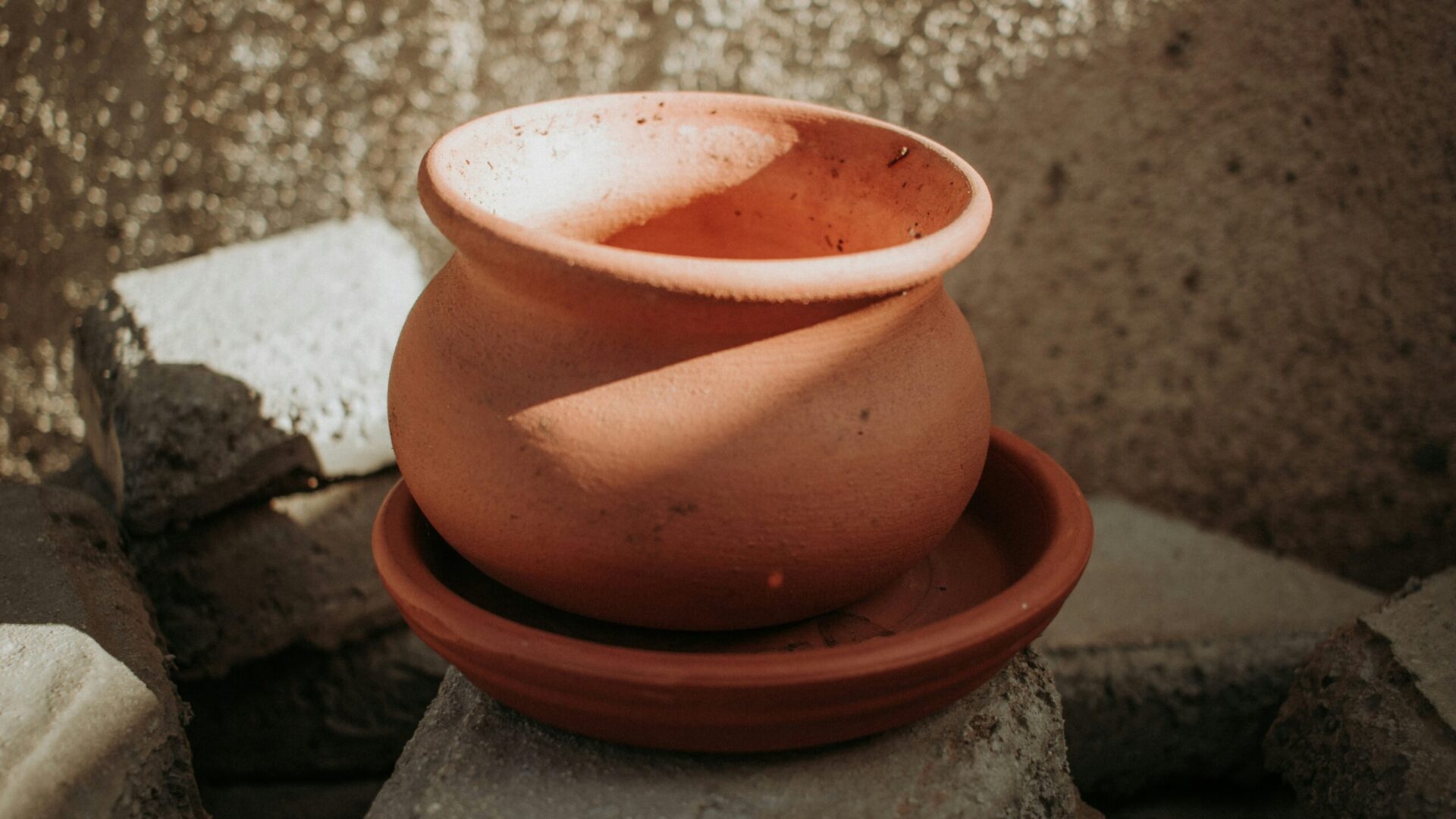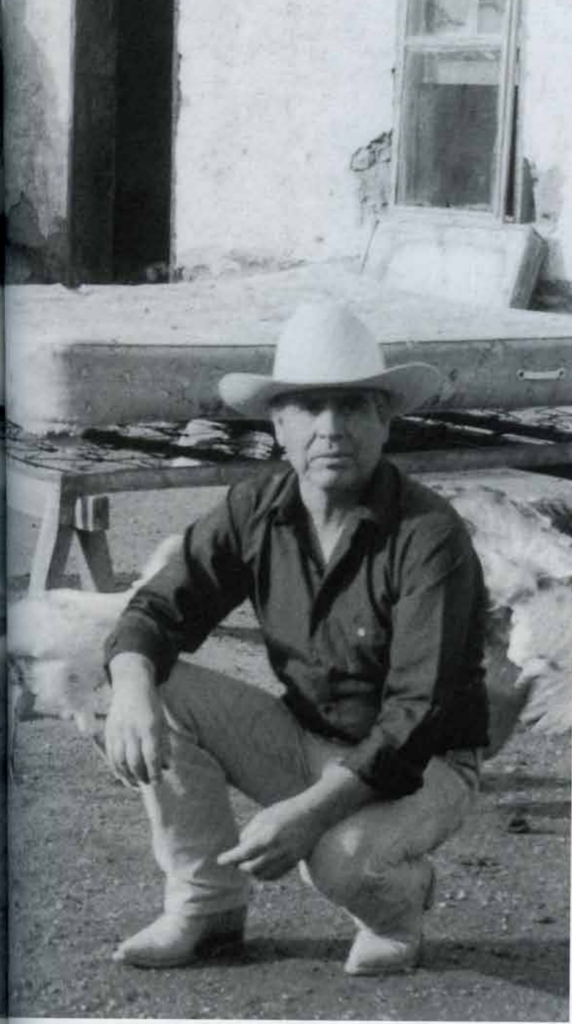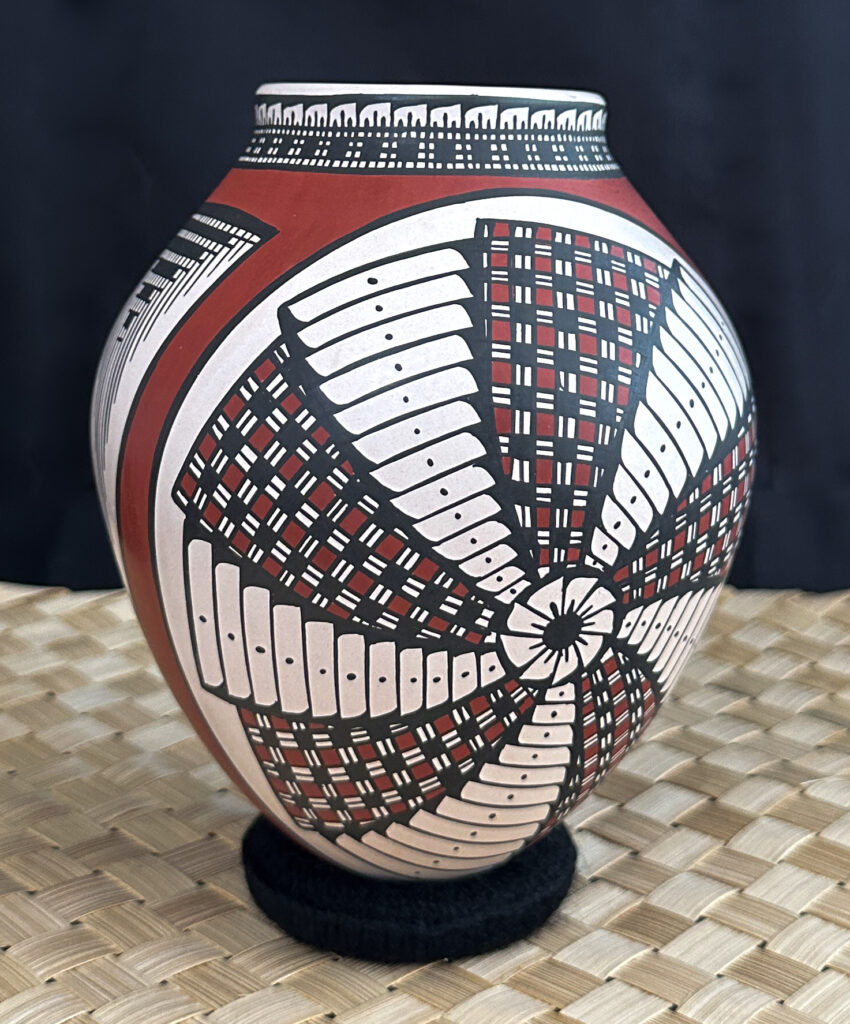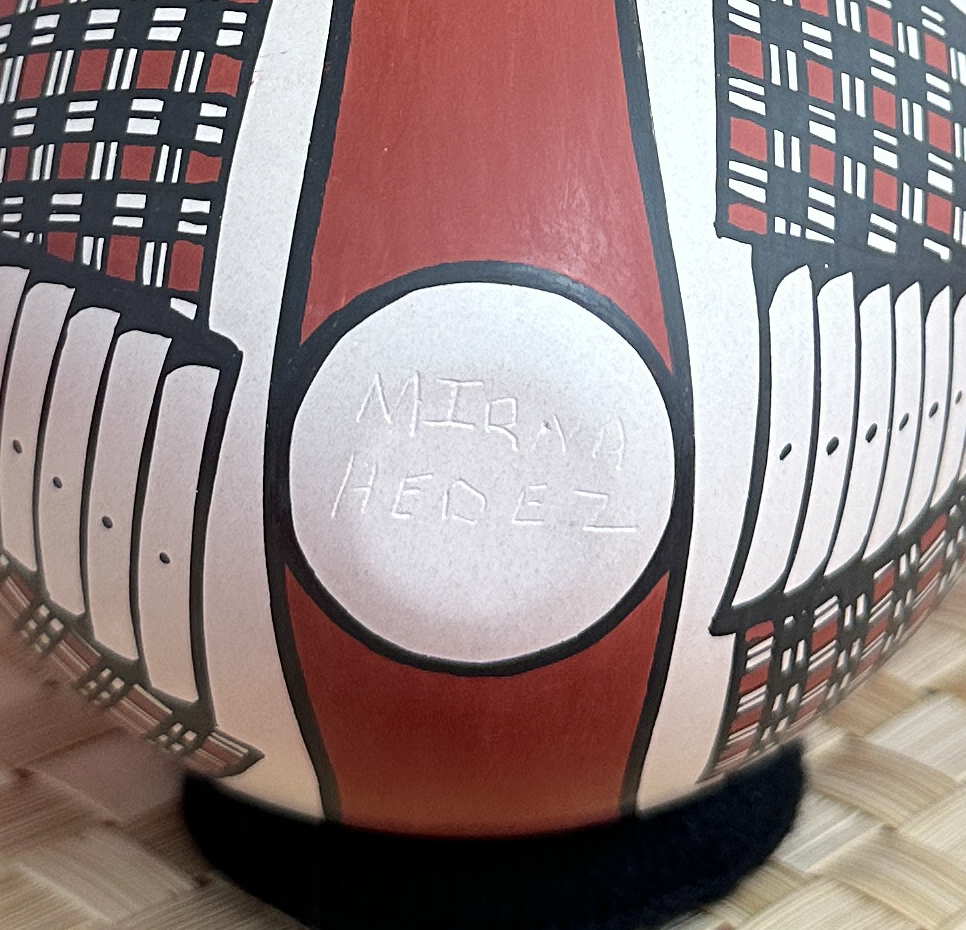Born in 1940 in Dr. Belisario Domínguez, Chihuahua, México and raised in Mata Ortiz, Chihuahua, Juan Quezada Celado was known for bringing to life ceramic traditions of the Paquimé and Casas Grandes Indigenous communities located in what is now called Chihuahua (also known as Oasisamerica region). Having no prior ceramic knowledge and no support from experienced potters, Juan studied the pots himself, recreated them, and eventually gained international recognition for his work.

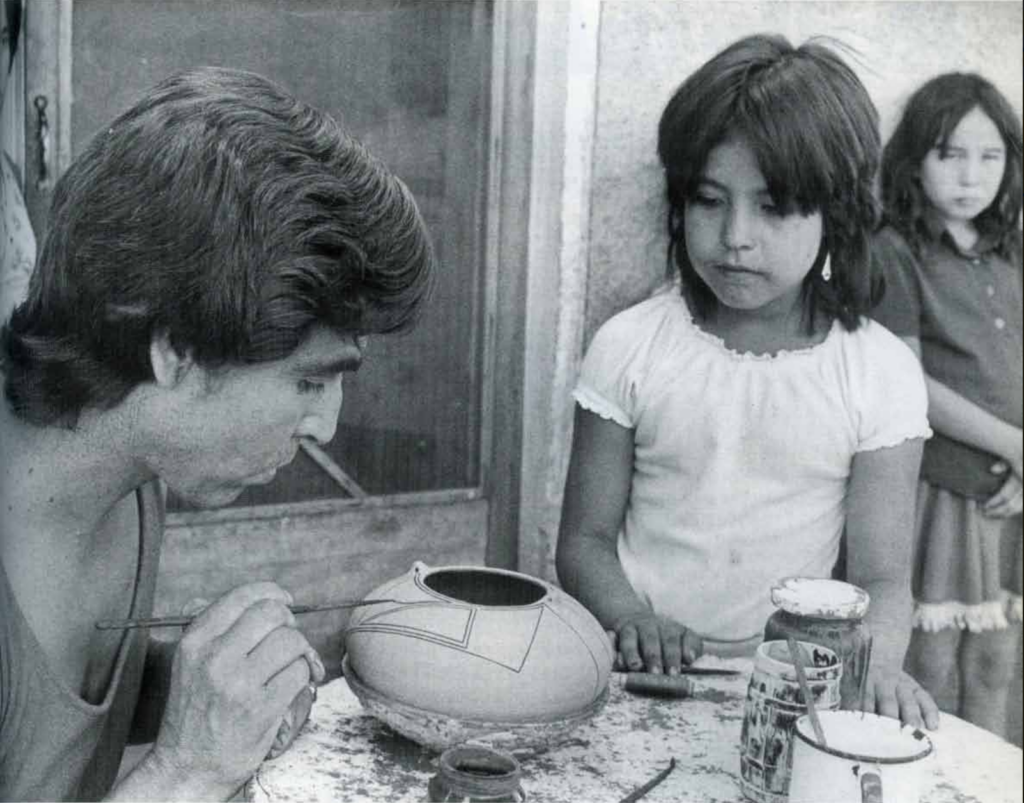
Juan first shared his techniques with his siblings, Consolacion and Reynaldo, and later with other family and friends. Thus began the Mata Ortiz Movement of the 1980s and 90s. Juan’s work has resulted in about 300 families who earn all or part of their income from pottery, making it the main economic activity of the town. Everyone participates in the trade and everyone benefits from it.
A note on “art” vs “craft”
Discourse on making the distinction between “art” and “craft” has been constant in the contemporary “art world.” Some critics “claim that this difference in evaluative meaning reflects our culture’s elitist values: what white European men make is dignified by the label “art,” while what everyone else makes counts only as craft” (Markowitz). Think of holding a pot in your hands. What does its materiality, aesthetic, or style tell you? At first glance, we know it’s handmade and probably region/culture-specific. Now, think of a Picasso painting in a museum. Everything about this painting, technique, style, even background story stems from Picasso himself as an acclaimed artist and him being an expert in this very specific style. Could ceramics do the same? Yes, even more so in the contemporary art circles. While the international recognition of the culture, craft, heritage can be valuable, at the same time we can encounter losses of meaning, history, and create misunderstandings. However, ceramics–craft in general– are not hierarchical or authoritative in the same way art is. Ceramics in this cultural context are inherently communal and non-hierarchical.
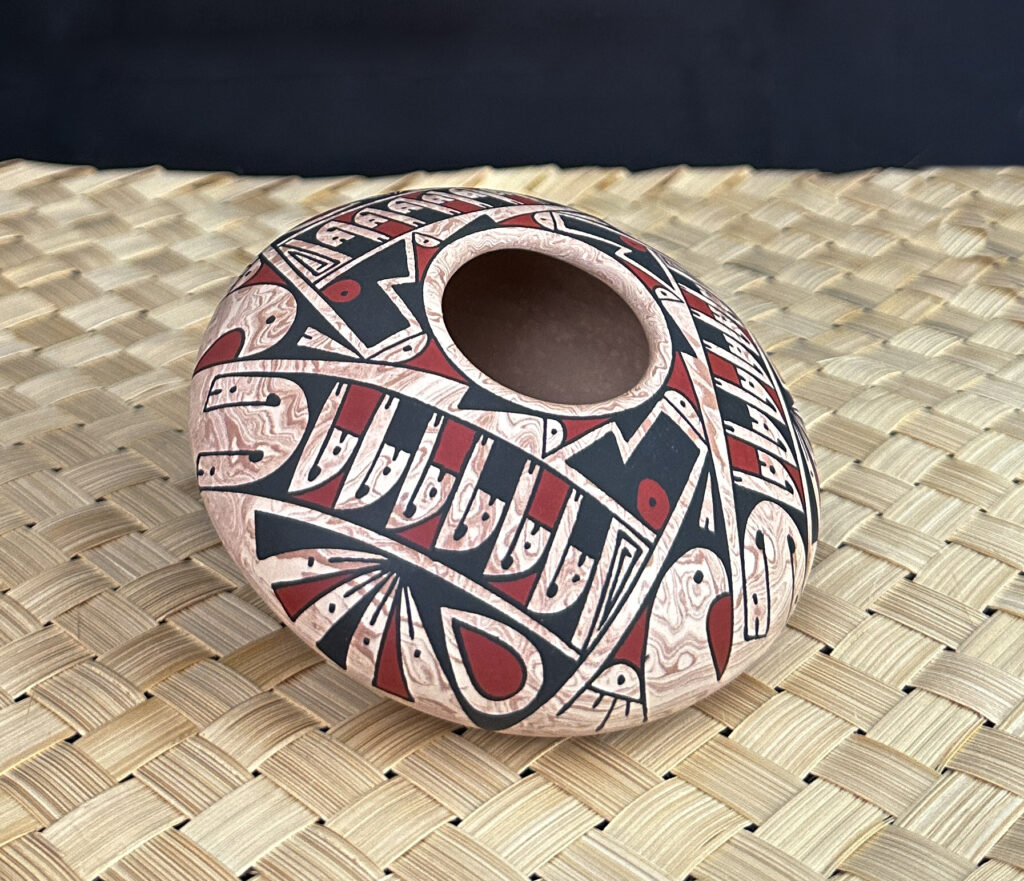
Seed Pot. Unknown date, private collection.
Seed Pot – Oscar G. Quezada by mirenn on Sketchfab
This piece was made by Juan Quezada’s great grandson, Oscar G. Quezada. Oscar most likely learned pottery from his great grandmother Consolación, Juan Quezada’s sister. The information on Mata Ortiz potters, specifically within the Quezada family is not readily available. Instead of looking at it as “lack of information”, it shows the ways ceramics are non hierarchical. Although one person might be credited with reviving an Indigenous tradition of pottery, the tradition is tied to land, history and the community, and cannot be separated from it. Maintaining tangible and intangible cultural heritage relies on collaboration and community. Juan Quezada preserved a piece of history, but he did not encapsulate it in time, he created a foundation for the future with it.
Quezada Family and Teaching Tree:
You can find the The Quezada Family and Teaching Tree right here! Once you click on the link, scroll down until you see three tabs that say “Jose Quezada,” “Mata Ortiz,” and “Family Tree.” You will see a drop down of the Quezada family tree as well as those who learned from Quezada but were not part of his immediate family.

Galería Juan Quezada is one of the many galleries dedicated to Mata Ortiz pottery in Mata Ortiz.

Mirna Hernández began learning pottery at 16 years old, alongside her ex-husband, Tavo Silveira, who is known as one of the most talented potters in Mata Ortiz. Mirna, who comes from a family of potters, has developed her own unique style. Her son, Octavio Silveira Jr., is a young potter as well. Her favorite potter is Juan Quezada and while she may not have learned from him directly, she is one of the many potters who have maintained and been a part of the Mata Ortiz movement. Mata Ortiz potters show us how ceramics–and craft in general– are not hierarchical or authoritative in the ways “fine art” is. Ceramics in this cultural context are inherently communal and non-hierarchical. Everyone in Mata Ortiz most likely have pottery knowledge separate from Juan Quezada’s legacy, and at the same time they also benefit from the international recognition he gained over the years.

All family photographs sourced from The Studio Potter “Juan Quezada: Mexican Potter” article. Pottery images taken by Miren Neyra Alcántara.
Sources:
Gilbert, Bill. 1995. Review of Juan Quezada: Mexican Potter. The Studio Potter 24 (1): 51–59.
Gilbert, Bill. (1995) 1995. The Potters of Mata Ortiz: Five Barrios, Six Families. University of New Mexico Art Museum/Tamarind Institute.
Lowell, Susan. 2000. The Many Faces of Mata Ortiz : The Postcard Book. Tucson, Ariz.: Rio Nuevo.
